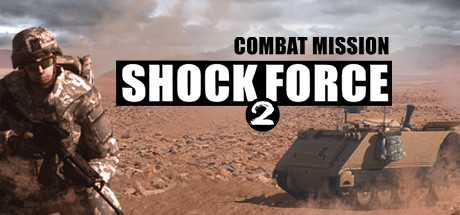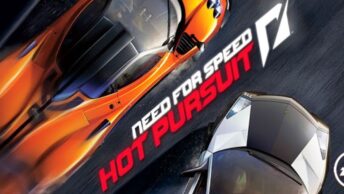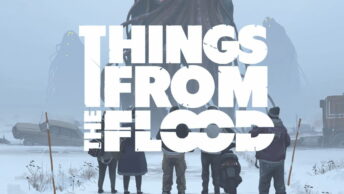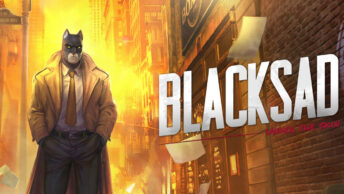Or is it Shock Force 1.5?
Type: Singleplayer, Multiplayer
Genre: Strategy, Tactics
Developer: Battlefront
Publisher: Slitherine Ltd.
Release date: 31 Aug, 2020

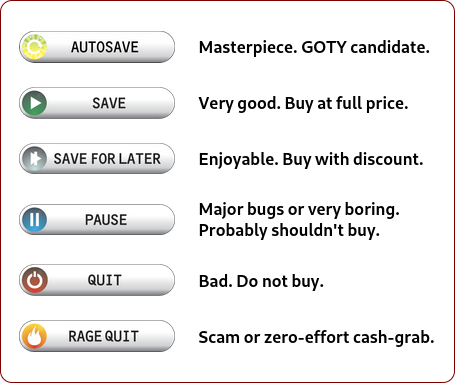
Combat Mission Shock Force was released back in 2007, and while it reviewed poorly at launch, it managed to find its footing, and ultimately sold well enough to get 3 expansions, and a decently sized, and very dedicated, fan community. Combat Mission Shock Force 2 is an updated and expanded version of the 2007 original.
The Combat Mission series has always been one that valued a realistic depiction of how battles were fought, over a fast pace, making it an interesting counter point to the popular Men of War series. And Shock Force 2 is no exception to this rule, combat is slow paced, and mechanically very detailed (even if the graphics don’t quite match this).
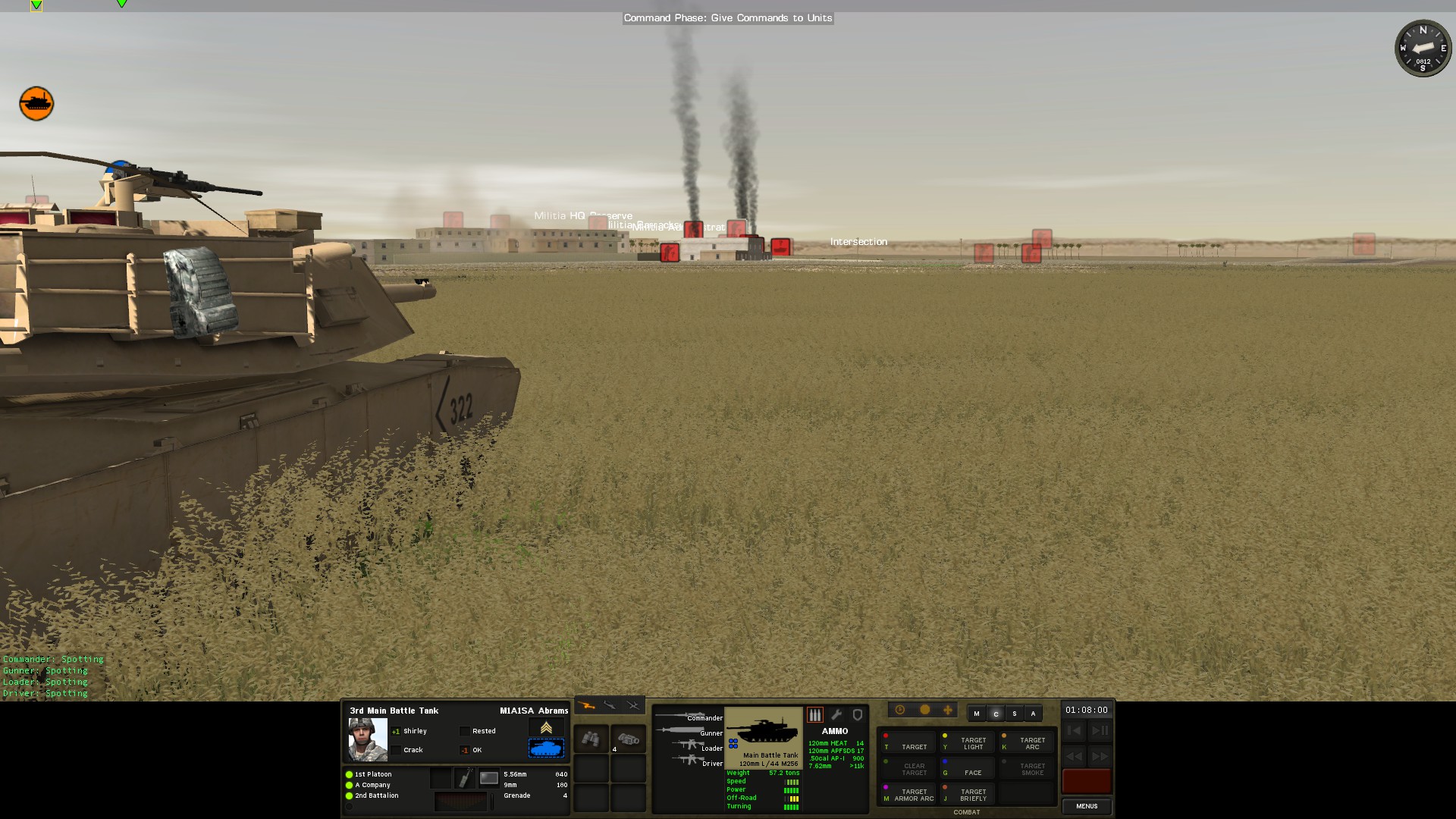
Story & Setting
The story in Combat Mission Shock Force is not very plausible, even the developers admit it in the manual, it’s mostly a justification for why the war is fought in Syria, a location that was chosen because the developers thought it would make for an interesting game.
In early 2008 a terror organization based in Syria sent out its agents. Through careful yet decentralized planning, they were able to evade the authorities in the countries they were sent to. They all had their missions, yet did not know of each other. Then, on a spring day, they sprung into action. Bombs containing uranium waste were detonated in several cities around the western world, causing untold damage, and polluting them with radioactive waste.
it did not take long until it became clear that the terror organization that had committed this heinous deed was based in Syria. The Syrian government denied this, but refused to let anyone into the country to investigate. As pressure mounted around them, and other nations started basing their forces around Syria, they started mobilizing their army. Now it was blindingly obvious that Syria was not without blame for what had happened.
The story feels like an exaggerated Tom Clancy novel, but does not really matter much once you start the game. It’s an excuse to have two very different sides, the US with its conventional modern equipment, and the Syrian army with its older Soviet era equipment, as well as irregular troops, fight each other.
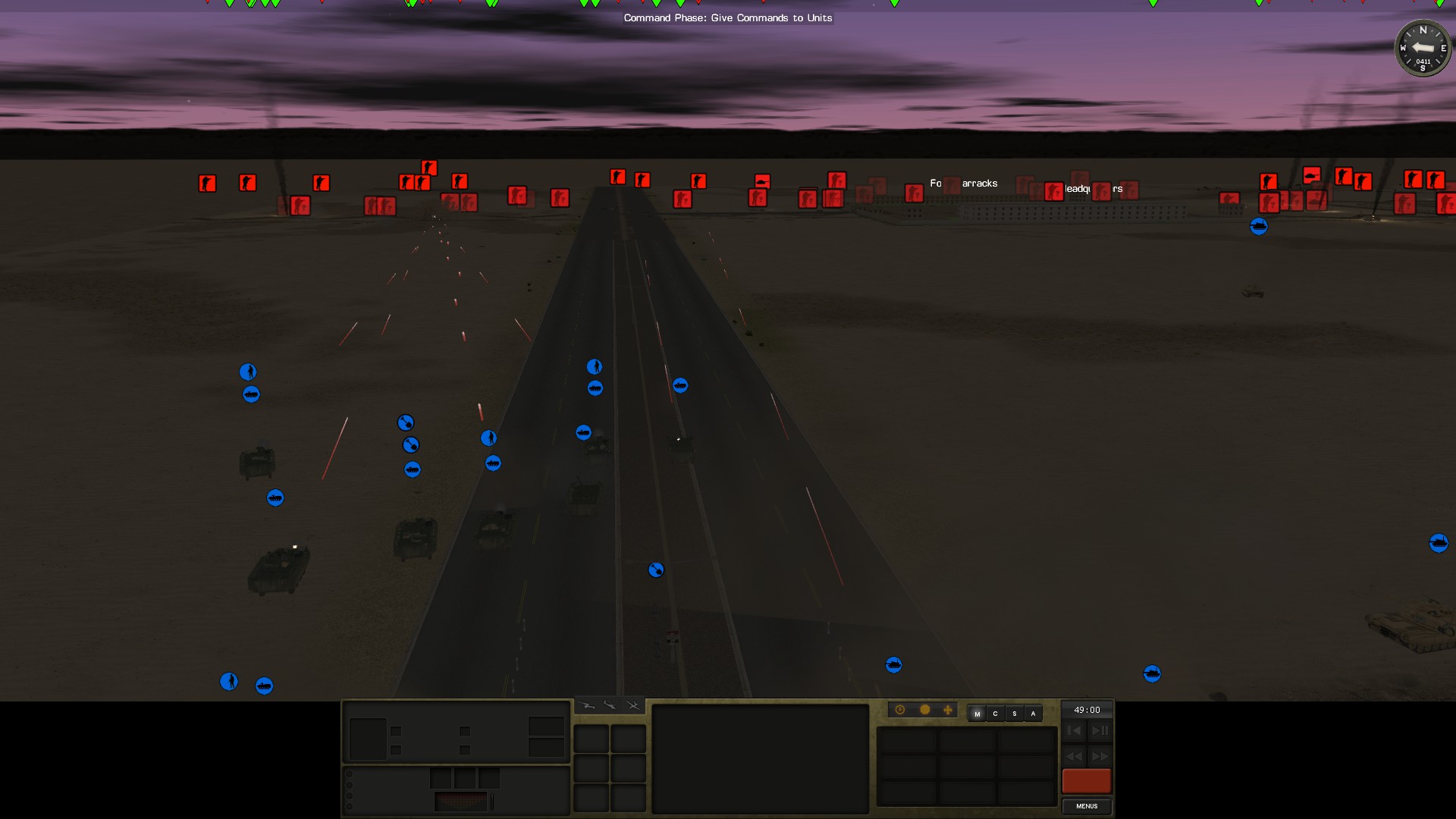
Presentation
The original game was released in 2007, and while this game runs version 4 of the engine (the original ran version 2), many of the assets still show their age. All units and their equipment, seem to have been improved, and look good, if you don’t zoom in too close, but the terrain, including buildings, look very dated, with simple geometry and low resolution textures. Some buildings do look significantly better than others though.
While not the most graphically impressive game, most of the vehicles and weapons do look authentic (at least for someone who’s don’t know a whole lot about modern military equipment), and weapons as well as equipment is modeled on the soldiers. If you zoom in on a squad of infantrymen you can tell exactly what they’re equipped with, as long as you can recognize the different guns, of which there are quite a few. You can also see soldiers use other equipment, such as binoculars. Some deployed weapons, such as heavy machine guns do seem to “disappear” when the soldiers carrying them are moving though.
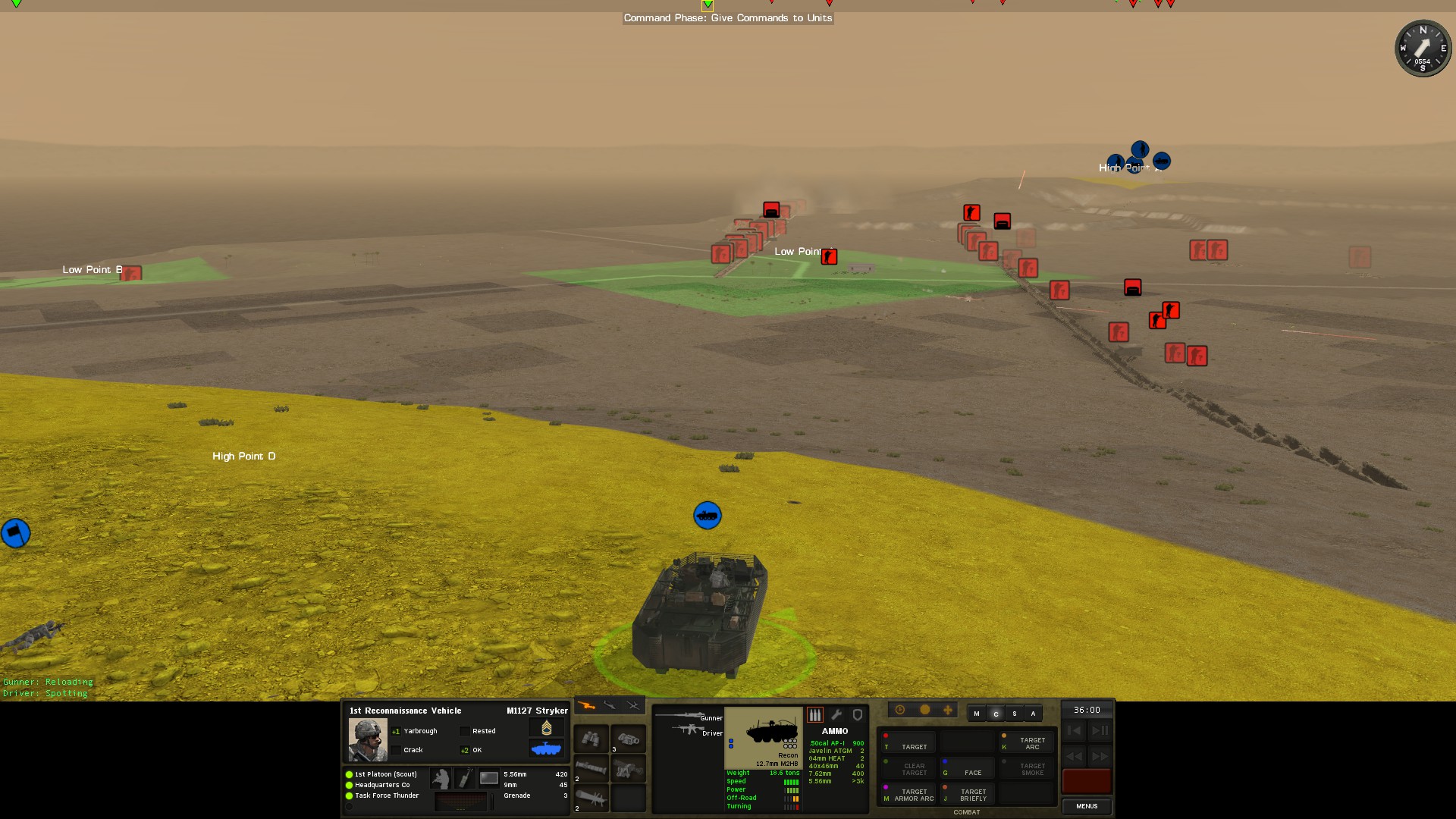
There’s a lack of music in the game. Music plays on the main menu, and during loading screens, but during the actual levels it’s absent. Instead what you’ll hear is the smattering of guns being fired, the loud engine noises from armored vehicles and soldiers calling out as they’re getting shot. The sound effects are good, but some of the callouts are repeated a bit too often. The sound effects do serve a gameplay purpose, they’re not just windowdressing. Because the battlefields are quite big, you can’t really view them all at once, and so if you’re viewing one part of it, where you think there’s going to be some important action happening, and you hear a loud bang, you can be pretty certain that your attention will be needed elsewhere. It’s implemented surprisingly well.
One thing that might bother some people is how DLC levels get shown, even for those who don’t own the DLC. They’re still in the list of levels & campaigns, just grayed out, and when scrolling through the available levels, the majority of them will be from one of the games 3 DLCs. That’s not to say that that there are not a lot of stuff in the base game, but the way things get presented might rub some people the wrong way.
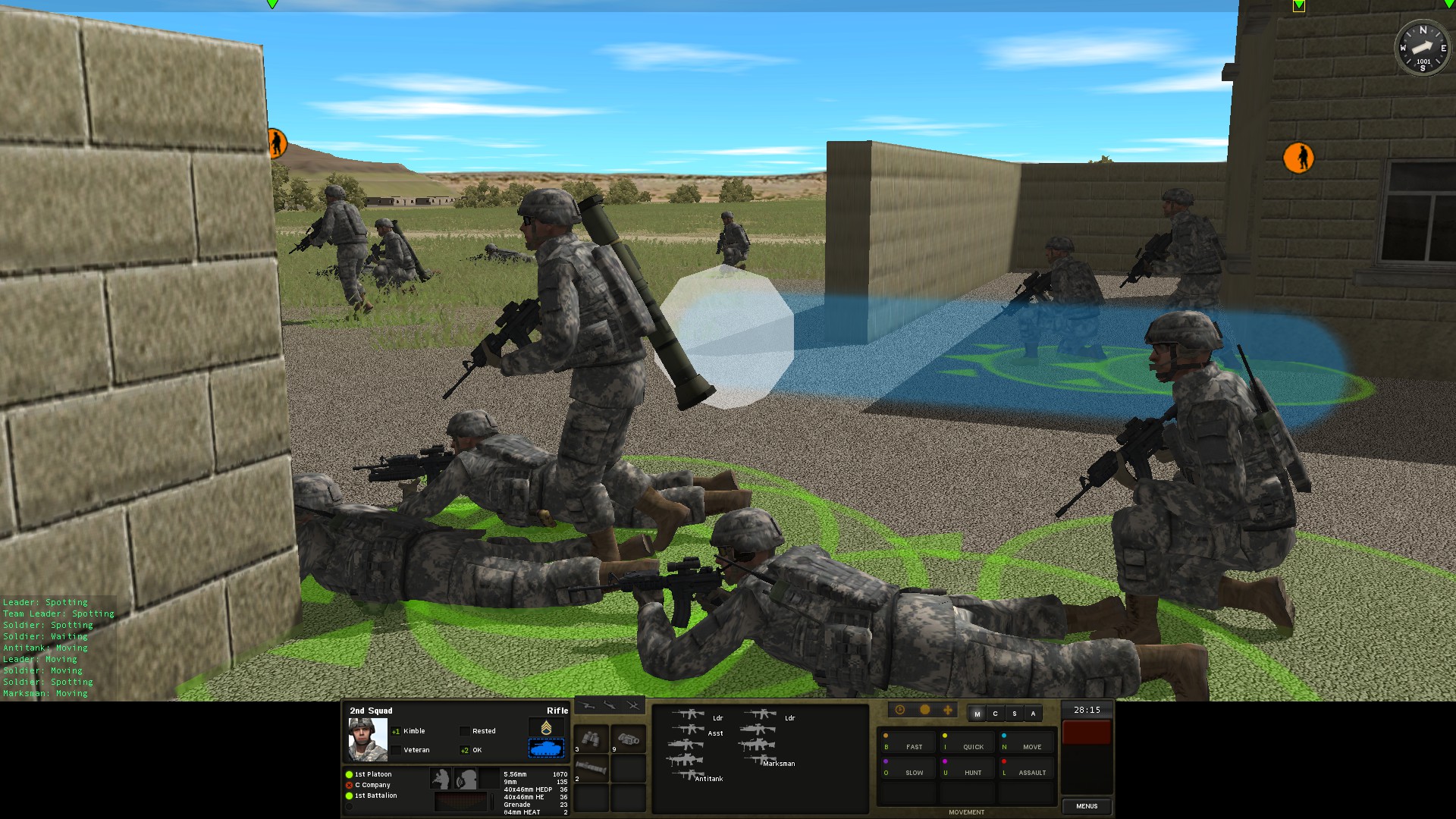
Gameplay
War is not about heroes charging in, single-handled defeating all the enemies, it’s about planning, careful coordination and risk management. And Combat Mission Shock Force 2 encourages just that. If you get impatient and try to rush into enemy territory, all you’ll be left with are dead or fleeing soldiers.
Shock Force 2 can be played in two ways, real time or using a WEGO system (that is a turnbased system where both sides give orders at the same time, and then you generate a new turn). Older combat mission games would just use the WEGO system, and it shows that this is what the games were originally designed for, as the real time mode feels like a bit of an afterthought. It works, but it can at times be painfully slow, while in the turnbased mode you can skip forward so you don’t have to view the slower bits.
Each turn in the turnbased mode is 1 minute long. You give orders to all of your soldiers, hit generate new turn, and then you can see everything playing out, in real time. There’s a handy skip forward button, as well as a rewind button that can be used during the playback of the turn, which allows you to view the important bits, and skip the boring ones. You don’t need to give new orders for all units every turn, if you don’t expect anything too dangerous to happen, you can give long, multi turn commands, segmented into smaller sections. You can for an example tell a tank to move fast along a road, up until a point where you expect enemies to show up in a house, then as it moves past the house, it slows down, while laying down fire on it (hopefully forcing anyone inside it to keep their heads down), and then once past the house, it’s told to keep advancing until it spots an enemy, at which point it will stop to engage it. Your units will also automatically engage any enemies they see, with an appropriate weapon, so if you simply want them to lay down covering fire, or stay where they are and engage any enemy that shows up, you can simply leave them without an order. With the amount of units on each side having to babysit all your units would quickly get tedious, and the developers luckily realized this.
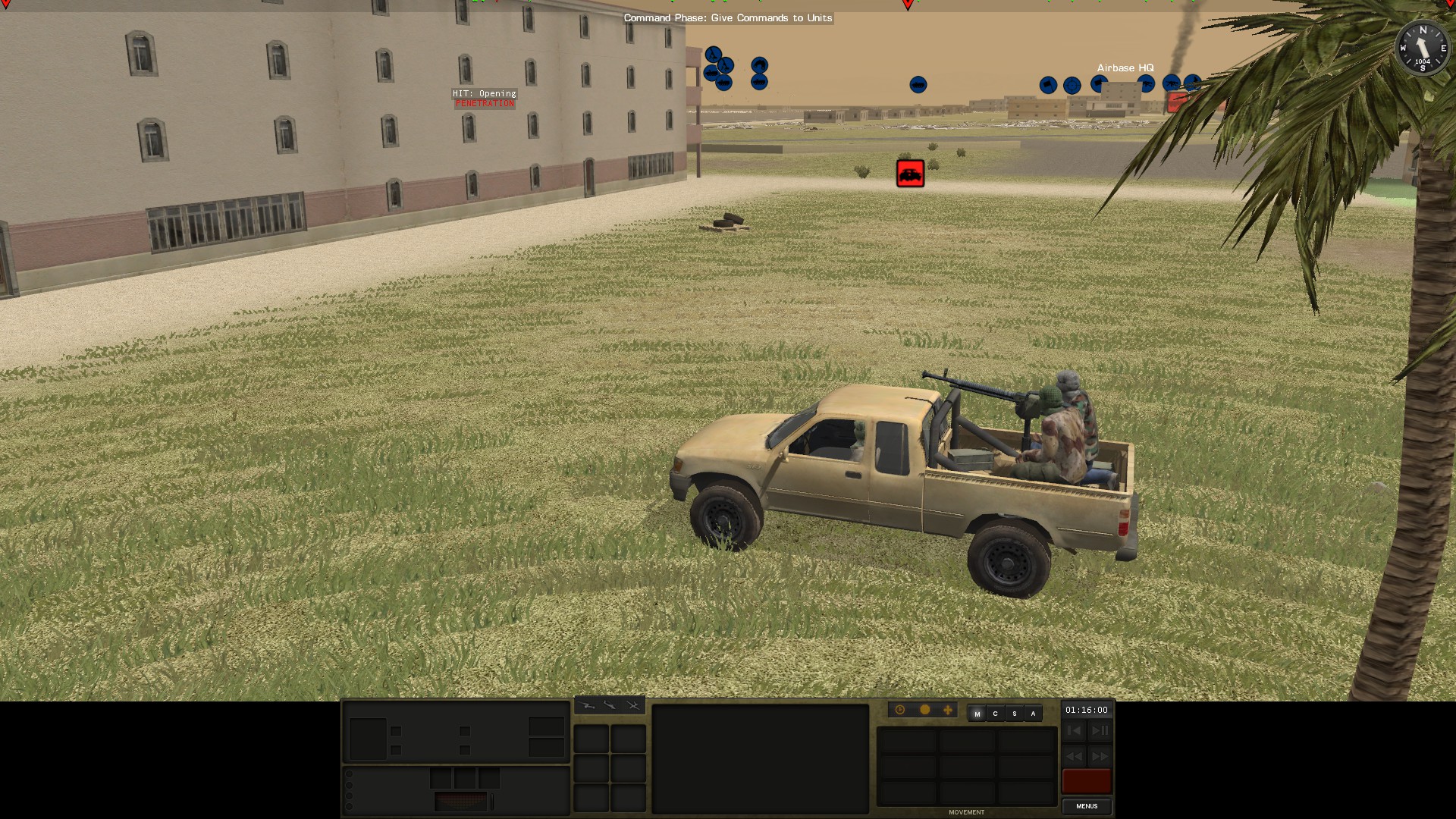
Battles lean heavily towards the simulation side of things, and drops gamey and unrealistic mechanics, such as hitpoints. If a shell hits a tank, it’s likely to either bounce off the armour, or destroy something important, if a solider gets hit by a bullet and wounds him, he’ll be out of action, there’s no moments where say three hits on the turret of a tank will take it out, or an extra heroic solider is able to take shot after shot, and still fight on like nothing happened. The models used for simulating battle seem to be incredibly detailed, and although hard to confirm, every bullet is supposedly done separately, so the game knows exactly where it lands, and thus it can hit something other than its intended target. Things like armour thickness and slope on different locations of vehicles are also simulated. Many of these things probably won’t matter much to the average player, but for those who are really interested in these sort of battle simulations, it’s a cool touch.
Soldiers don’t enjoy coming under fire, and when the bullets starts to fly past them, they’re far more likely to throw themselves to the ground than to keep on running towards the enemy. And that’s just what they do here. When a unit of infantry comes under fire, it will take cover. Scare it enough, and it’s likely to start running away or try to surrender. Vehicles are also affected by morale, and will disobey orders and back out of combat, if things are getting too unnerving for the crew. There are other things that will also affect the fighting will of soldiers, like the loss of commanding officers will make them more likely to turn around and run, while having one nearby who’s in good order is encouraging to them. Better quality troops are of course more likely to keep their cool under fire, while low quality troops are likely to hit the ground at the first sign of trouble.

The two sides, US and Syria, play very differently. The US side use modern military equipment, are generally well trained, and have access to a lot of high tech stuff. They’ve got superior vision at night, better communications equipment, and their vehicles are generally both sturdy and well armed. On the flipside, the Syrian forces are equipped with mostly older weapons and armour, with most of what they have being things produced in the soviet union. Their troops are also generally of lower quality. This is especially noticeable when fights take place during low-light conditions, where the US forces have a noticeable edge over the Syrian ones. The Syrian forces also use a lot of irregulars, and have the home-turf advantage. They utilize members of the civilian population, and so you can in some levels find average people, who would blend into any crowd, act as scouts (there are no crowds of people in this game though). For the most part, the Syrian forces are the defenders, and this acts as a bit of an equalizer. When troops can hide almost anywhere, it’s dangerous to advance, even when you’ve got better equipment, and just because the US vehicles are very modern does not mean that they’re impervious to damage. A single man hiding in a shed with a rocket launcher can still take out a modern tank, if given the chance. And just because the Syrian forces are generally weaker individually than the US ones, their equipment is still modern enough, and their training good enough that they are a threat. And for a soldier, it does ultimately not matter much if they get hit by a bullet from a US gun or a Soviet-era gun, it’s lethal either way.
There are three basic game modes to chose between, Battle, where you get to pick from one of a pretty long list of pre-made levels of varying sizes and complexities. Campaign, which unsurprisingly lets you play through a campaign, which is basically just a series of battles, where losses in one matters for future ones. Finally, there’s quick battles, where you get to select your own force, using a point-buy system, and you’ll go up against a randomly generated enemy force. The later can be a bit wonky, with vehicles appearing in places they could not realistically get to, but it adds a lot of replay value to the game.
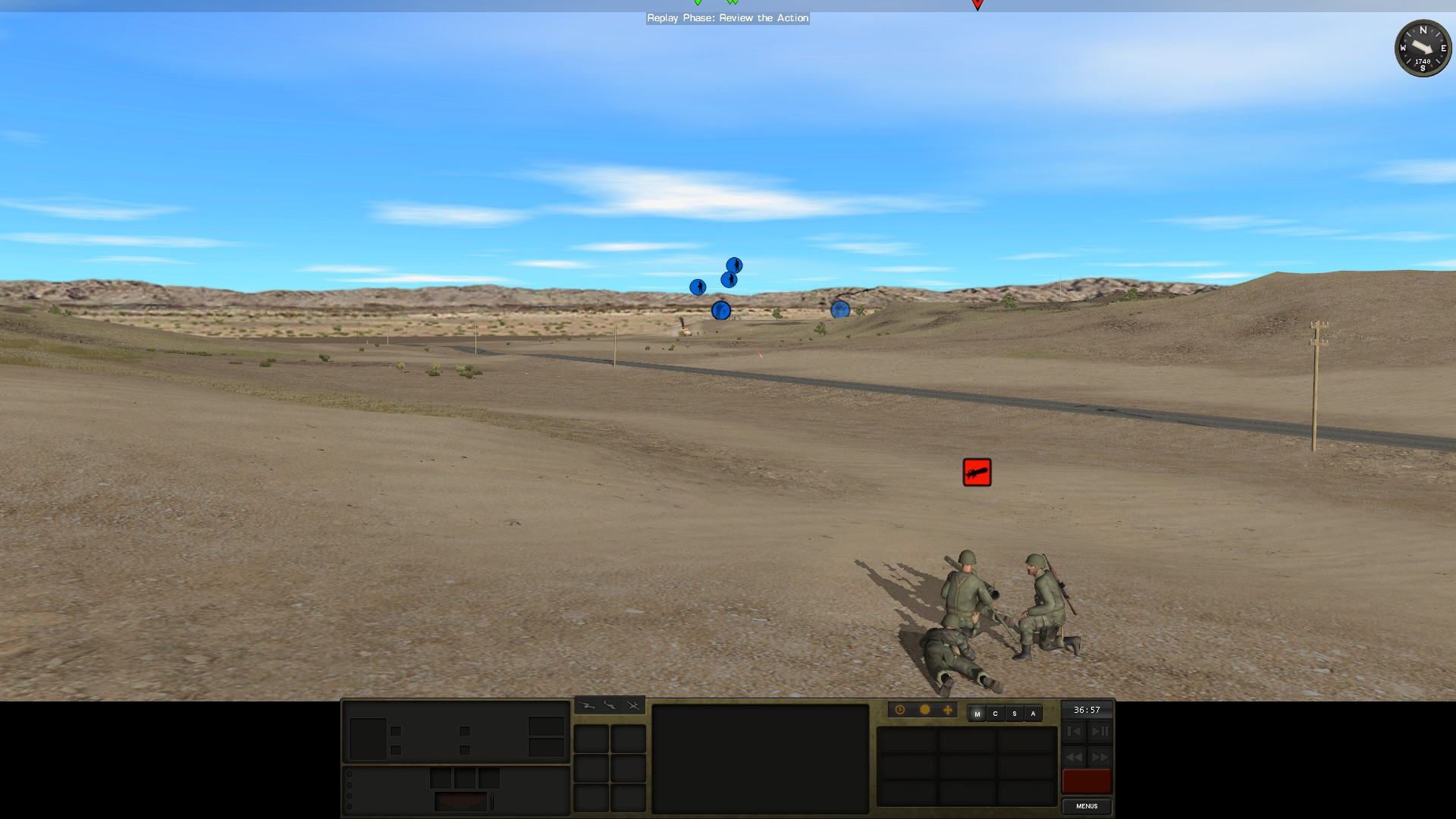
Most levels have a lot of open ground, with small cities, military bases or other populated areas acting as the focal point. Approaching a built up area is dangerous though, because enemies can hide in any building, and many weapons are powerful enough as to be able to take out a vehicle at any visual range. One of the games shortest missions really showcase how vulnerable vehicles can be, as the Syrian army has several anti-tank guided missiles, ready to ambush a few Bradleys. At the range where the missiles can hit the Bradleys in this mission, you can hardly even see them if you move the camera down to eye level of the soliders. And populated areas can be even more dangerous to move through than open ground.
With all these details come some drawbacks. Combat Mission Shock Force 2 is not a pickup & play game, it takes a bit of time to really get into it. More so than for a game like Close Combat. The game can also really chug at times. Despite the poor graphics, it can be surprisingly demanding, and this can get in the way of gameplay, particularly in real time mode. This is not an issue when you’ve got smaller forces, but large infantry forces can bring even a powerful computer to its knees.

Closing Thoughts
Last time I played a Combat Mission game was in 2002 or 2003. I remember being fascinated by it, but ultimately I did not get very far into it. I was a bit worried about Shock Force 2 when I started it, after all, it’s a venerable series with a rather fanatical fanbase, but it’s a series I have little first-hand experience with. What if I can’t get into it? But Shock Force 2 was surprisingly easy to get into, at least with 18 more years of gaming experience since the last time I played a game in it. And I had a lot of fun with it. It’s also very different from other supposedly realistic tactics games. Don’t go into this expecting Men of War, because while MoW has more realistic physics and visible damage models it far more arcadey in its playstyle. Instead this is a slow-paced game, where pinning enemy soldiers and making them keep their heads down before you advance is the key to success, and where you need to advance slowly, as to not be ambushed by something that’s sitting in a hedge, 1km away.
In a way I feel like giving this game a rating is pretty meaningless. This is a game for a very specific audience, an audience who will be willing to overlook the games dated graphics and sometimes slightly clunky interface, for the staggering amount of details, and depth that this game has to offer. For someone who’s not heavily invested in the genre, but who still enjoys the occasional grounded tactics game, this game might be worth picking up if it ever gets a steep discount, particularly as the asking price for this game is quite high, but for fans of realistic tactics game, set in a modern setting, it’s a no-brainer, and well worth the price.
Owners of the original Shock Force do by the way not need to buy the complete game all over again, there’s an upgrade that can be bought on the developers own website for $15, that should give you everything Shock Force 2 has to offer.

